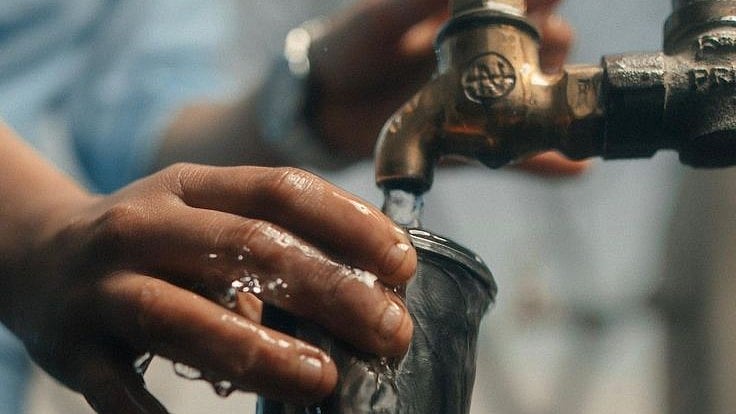The Mumbai Trans Harbour Link, rechristened Atal Setu by the Modi dispensation, is a seamless bridge that links the city with Navi Mumbai and beyond.
The six-lane 21.8 kilometre bridge which was inaugurated by the prime minister and built at a cost of nearly Rs 17,850 crore reduces travel time between the two cities to a fraction of what it now takes but at a hefty toll charge.
The jubilation is hard to miss. With a list of similarly high-ticketed transport projects getting the green signal or nearing completion, the city's air, heavy and hazy with pollution, is reverberating with a strange excitement, which is understandable considering that these projects have made mobility easier for millions of Mumbaikars.
Of course, it would be quixotic to suggest that the MTHL or the coastal road or the proposed underground tunnel connecting Marine Drive and the Eastern Freeway will greatly impact the daily lives of commuters.
These public or public private projects are dedicated to the city or the nation but, in effect, they touch the lives of only a select few thousand or lakh of commuters among the millions in the city.
Sure, the projects are meant to make commutes by private transport faster and seamless, connecting the downtown in the city with commercial and industrial hubs spread out farther away. But there are reasons to quibble.
It is on two counts. One, such projects are not designed to smoothly integrate into the city's existing transport network which creates bottlenecks at entry and exit points of the special roads and sea links. Two, the attention and expenditure on these mega projects has meant that the city and state agencies in charge of transport often overlook the urgent need for augmenting public transport systems remember that Mumbai's sturdy and faithful BEST was to be stripped down including its pavement network.
This matters because, despite the mega projects, public transport still carries an overwhelming part of the citys commuter load the ridership in buses and suburban trains is nearly nine million and 51 percent of all trips in the city are walking trips.
The quibble is not over the mega projects alone but the negligence that is showered on the walking infrastructure (pavements to begin with) and public transport that inevitably accompanies them.
It would also be myopic to celebrate every mega project for itself. The question to be asked is what ends does each serve? The unstated purpose here apparently is to bridge the water between cities and make the connectivity faster so that land values across the harbour can also appreciate exponentially, and to facilitate the creation of the Third Mumbai as it is called. The city is nothing without its land market, after all. That said, the drive across MTHL is an experience in itself.









